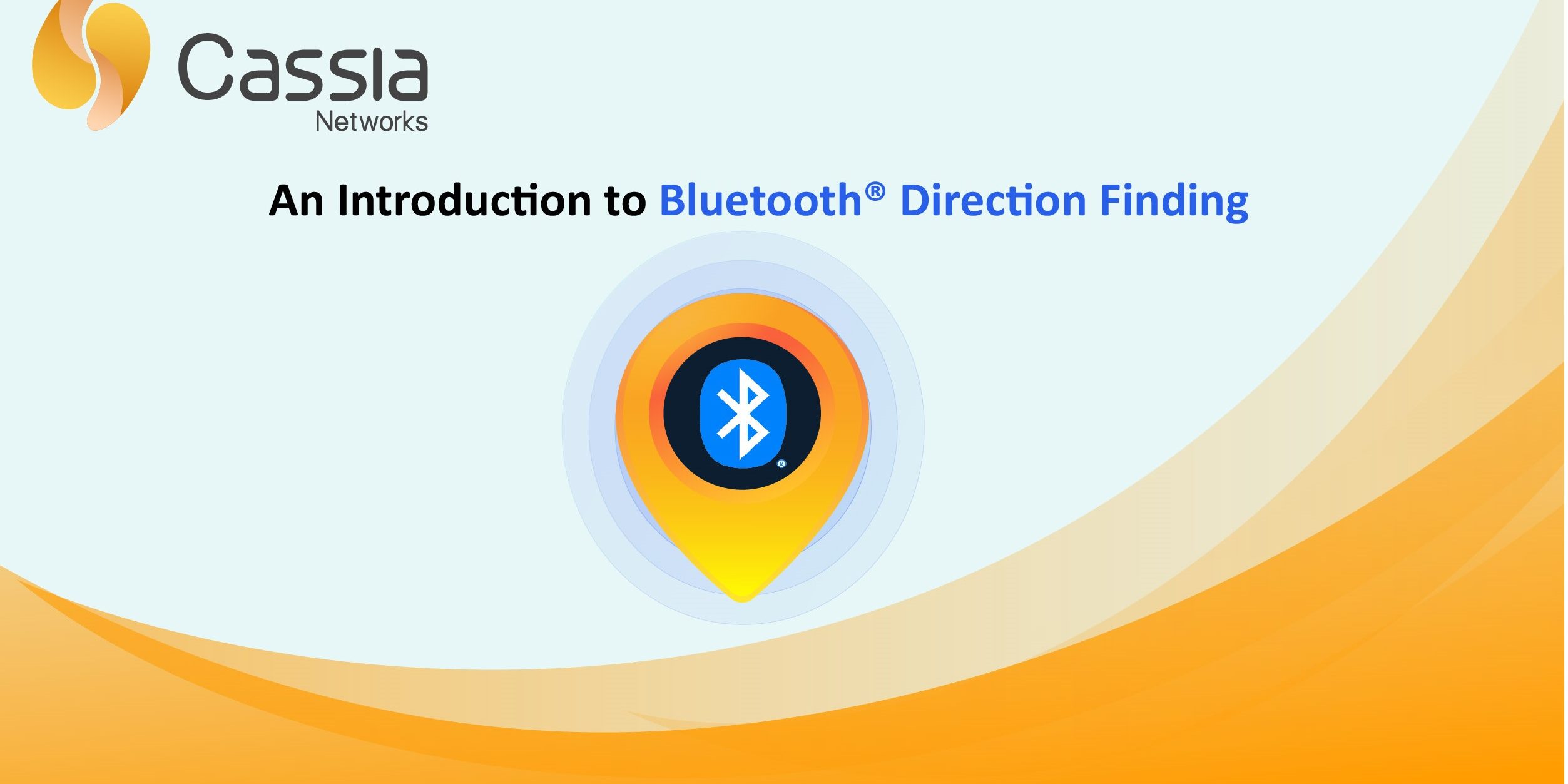According to the Bluetooth SIG, Bluetooth Direction Finding will accelerate indoor positioning thanks to new features that support higher accuracy. Statistics show that nearly 70% of all Bluetooth Location Services implementations will include indoor navigation by 2025. That’s two times the growth from previous years!
In our previous blog post, we covered the basics of positioning systems and proximity solutions for Bluetooth location services as well as some example use cases for each. In this blog, we’ll be focusing on direction-finding using the angle of arrival and angle of departure as well as a brief introduction to trilateration and triangulation. Let’s dive in!
What is Bluetooth direction finding?
Bluetooth direction finding was introduced as part of the Bluetooth Core Specification 5.1 specification in January 2019. The purpose of this technology is to enhance the positioning capabilities of Bluetooth technology by being able to detect the direction of an incoming Bluetooth signal instead of relying on simple transmit power (Tx) and RSSI-based methods.
The core of the direction-finding specification relies on two methods: the angle of arrival (AoA) and the angle of departure (AoD). Both methods rely on at least one of the Bluetooth devices having an array of antennas and the ability to receive or transmit the Bluetooth signal while shifting between the different antennas. See Figure 1 and Figure 2 below:
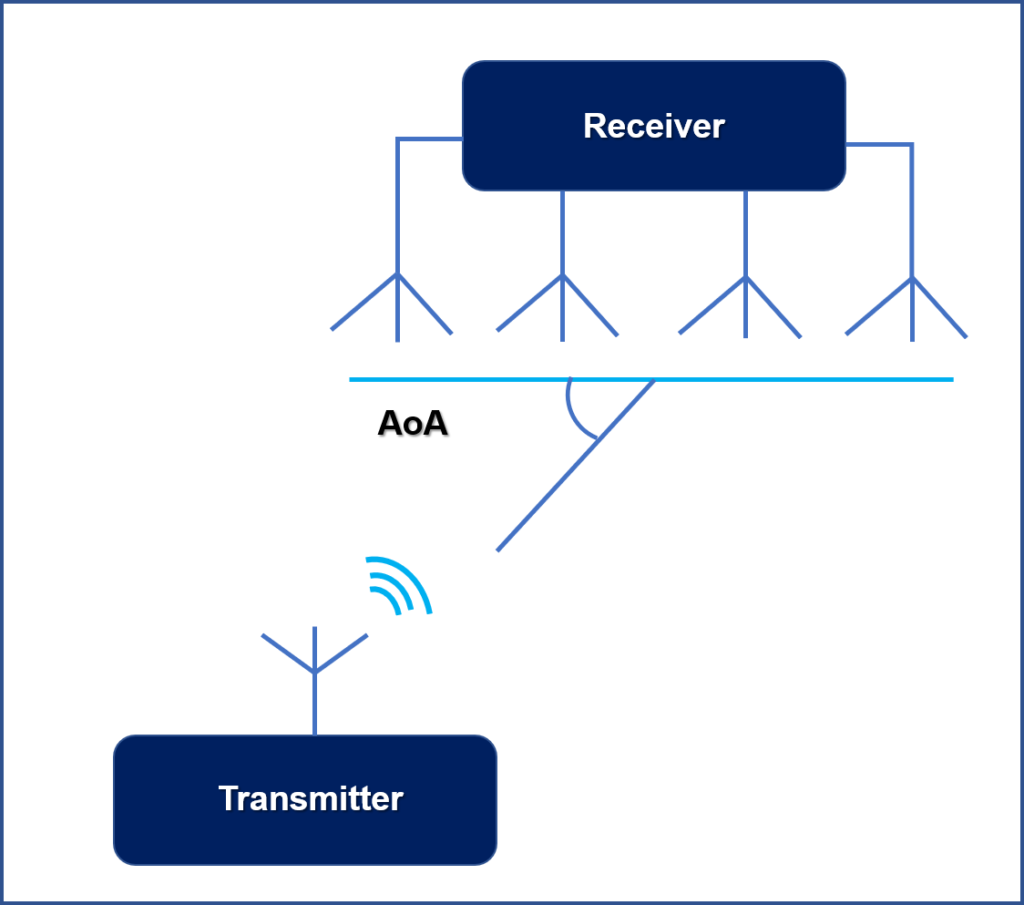
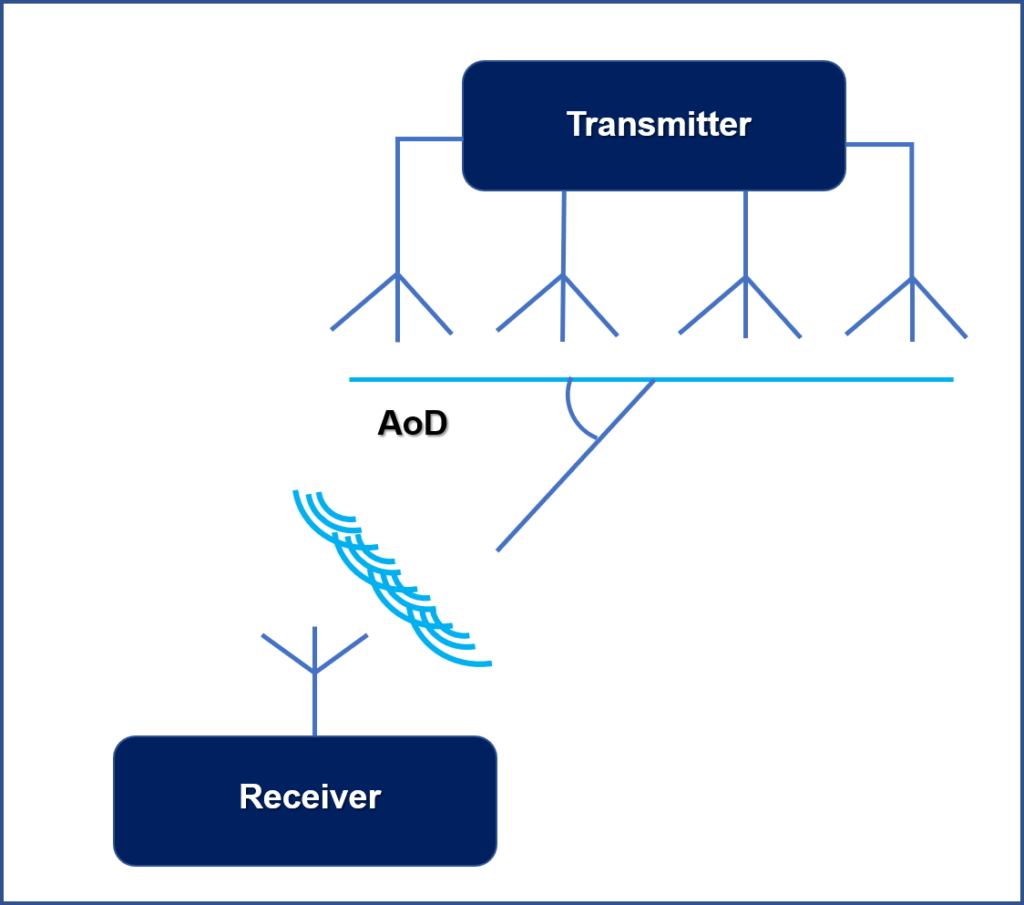
The Angle of Arrival (AoA) is designed to be used in applications like asset tracking, where the moving transmitter sends direction-finding signals using a single antenna. Using AoA, a fixed receiver, equipped through an antenna array with a minimum of two antennas, determines the direction of the transmitter using the angle of the received signal. The angle determination is based on the phase differences of the received signal as detected by the receiver’s antenna array.
The Angle of Departure (AoD), on the other hand, is designed to be used in applications like wayfinding indoor navigation, where a person in a shopping mall, for example, wants to locate a specific store. With AoD, the moving receiver receives direction-finding signals using a single antenna. The signal is transmitted by a fixed transmitter switching through an antenna array with a minimum of two antennas. The receiver determines the direction of the transmitter using the phase differences from the incoming signal.
The AoA and AoD direction-finding enhancements found in Bluetooth 5.1 can greatly increase positioning accuracy for a wide variety of use cases such as asset tracking or wayfinding.
What is trilateration and triangulation?
In our previous blog, we briefly discussed indoor positioning using Bluetooth beacons. To recap, a beacon is a small Bluetooth radio transmitter, powered by tiny batteries. A Bluetooth beacon has no location intelligence built into it. Their functionality is similar to that of a lighthouse, which means they transmit Bluetooth signals around them expecting nearby smart devices to pick up these signals and understand their meaning. Secondly, beacons don’t have a directional antenna which means you can only receive an estimation of the distance to the beacon, not from which direction the signal is coming from.
This is where trilateration comes into play. Let’s take a BLE tracking solution as an example. This solution requires three regular beacons and a BLE tag. When the tag starts reporting RSSI values, those values can be converted to distances and used to locate the tag. The location accuracy is approximately ~1-2 m. Trilateration is the more common and simpler method for asset tracking applications compared to triangulation which is far more complex. With triangulation, not only does one need to understand the location of the BLE beacons, but also their spatial rotation. The measurements are far more sensitive due to how they are measured. Triangulation relies on the timing differences in the reception of the tags’ signals, whereas trilateration relies on signal strength to approximate distance. What’s more, triangulation is more costly because of the instruments needed to measure the required distances. See Figures 3 and 4 below.
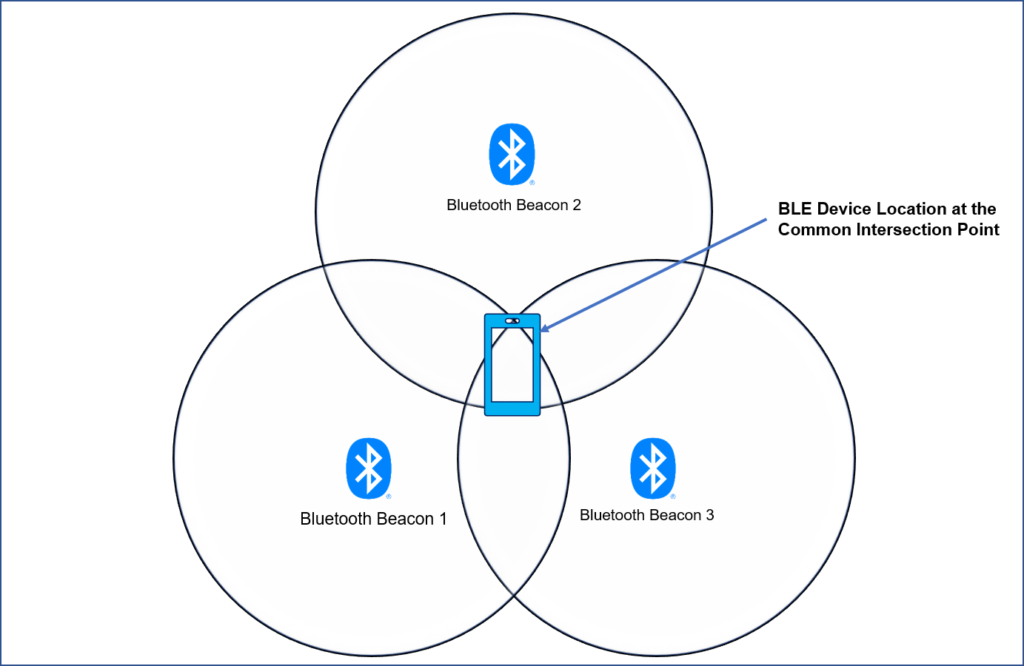
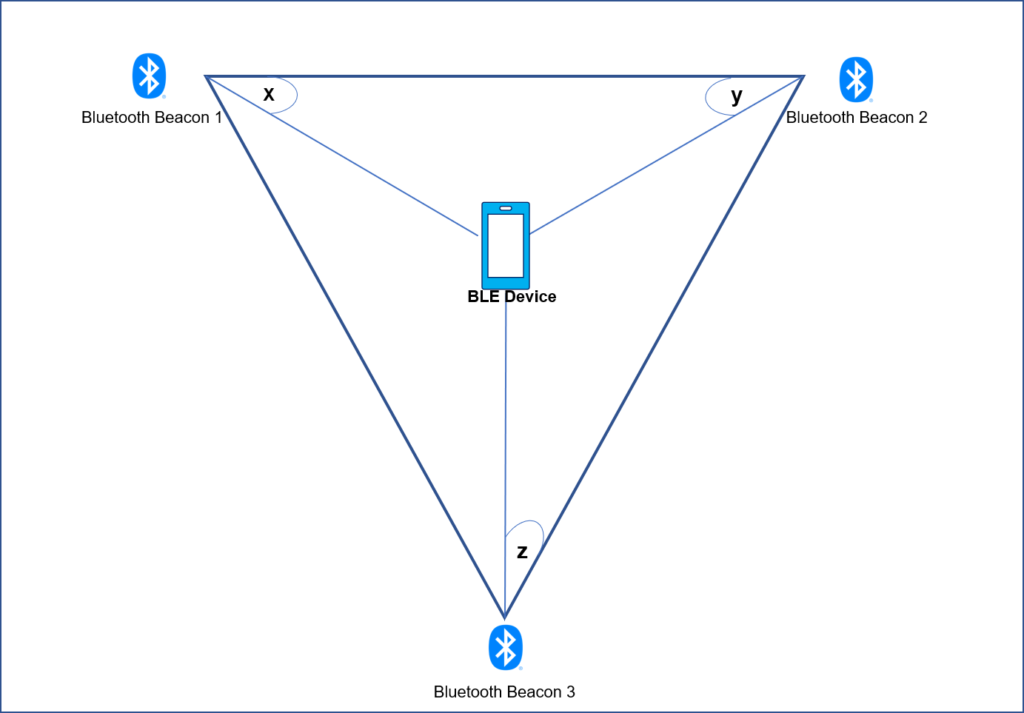
From navigating through crowded airports and busy shopping malls to tracking valuable assets in a hospital, the opportunities for Bluetooth location services are endless. And, with the continued developments and advancements in Bluetooth technology, we can expect to see new and exciting use cases for Bluetooth direction finding and locationing services in the years to come.


